Your laser engraver is a powerful tool, but it’s only as smart as the software running it. The right laser engraver software acts as the brain of your operation, translating your creative designs into precise, beautiful engravings. Without it, your high-tech machine is just a box of parts. This guide will walk you through everything you need to know, from the different types of software available to how to choose the perfect one for your projects. We’ll explore essential features, compatibility issues, and tips to help you get started on your engraving journey.
Key Takeaways
- Software is Crucial: Your laser engraver software is the essential link between your design ideas and the final engraved product.
- Types of Software: Software can be categorized into design (CAD/vector), control (CAM), and all-in-one solutions that handle both.
- Key Features Matter: Look for features like vector editing, layer management, power and speed control, and a user-friendly interface.
- Compatibility is a Must: Always ensure the software you choose is compatible with your specific laser engraver model and your computer’s operating system (Windows, macOS, Linux).
- There’s a Learning Curve: While some programs are beginner-friendly, mastering any laser engraver software takes practice. Start with simple projects to build your confidence.
What Exactly is Laser Engraver Software?
At its core, laser engraver software is a program that allows you to create or import a design and then communicate that design to your laser engraver. It converts digital files—like images, text, or complex drawings—into a set of instructions, called G-code. This code tells the laser head exactly where to move, how fast to go, and how much power to use at every single point. Think of it as a translator. You give it a picture (your design), and it translates it into a language the machine understands to burn that picture onto a material. Without this software, your laser wouldn’t know what to do with the design file you’ve spent time perfecting. It’s the critical bridge that brings your digital creations into the physical world.
The Different Types of Software Explained
The world of laser engraver software can generally be split into three main categories. Understanding these types will help you figure out what you need for your workflow, whether you’re a hobbyist making personalized gifts or a professional running a small business.
H3: Design Software (CAD/Vector Graphics)
This is where your creative journey begins. Design software, also known as CAD (Computer-Aided Design) or vector graphics software, is used to create your designs from scratch or to edit existing images. Programs like Adobe Illustrator, CorelDRAW, and the free-to-use Inkscape are popular choices. These tools allow you to draw shapes, create text, and manipulate lines with precision. The key output from this software is a vector file (like .SVG, .AI, or .DXF). Vectors are mathematical equations that define points, lines, and curves, which means you can scale them to any size without losing quality—a crucial feature for clean laser engraving.
H3: Control Software (CAM)
Once you have your design, you need control software, or CAM (Computer-Aided Manufacturing) software. This program takes your finished vector file and turns it into the G-code that your laser engraver reads. It’s the operational hub where you set all the important parameters for the job. You’ll define the laser’s speed, its power intensity, the number of passes, and the engraving method (e.g., engraving, cutting, or scoring). This software doesn’t typically have advanced design tools; its primary job is to “slice” the design and prepare it for the machine. Some engravers come with their own proprietary control software.
H3: All-in-One Solutions
The most popular and convenient option for many users is an all-in-one solution. This type of laser engraver software combines design and control functionalities into a single, streamlined program. LightBurn is the most well-known example in this category. With an all-in-one program, you can create or import a design, edit it, arrange it on your workspace, set all your laser parameters, and send the job directly to the engraver without ever switching applications. This integrated workflow is incredibly efficient and is often preferred by both beginners and experienced users for its simplicity and power.
Must-Have Features in Your Laser Engraver Software
When you’re comparing different software options, certain features are non-negotiable for a smooth and effective workflow. Prioritizing these functions will save you headaches and unlock your machine’s full potential.
User-Friendly Interface (UI)
A clean, intuitive interface is paramount. You should be able to easily find the tools you need without digging through endless menus. A good UI will have a logical layout, with a design canvas, toolbars, and a laser control panel that are easy to understand. For beginners, a simple interface reduces the learning curve and helps you start creating faster. For experts, a well-designed UI streamlines complex jobs, making the process more efficient. Before committing to a purchase, see if the company offers a free trial so you can test the interface for yourself.
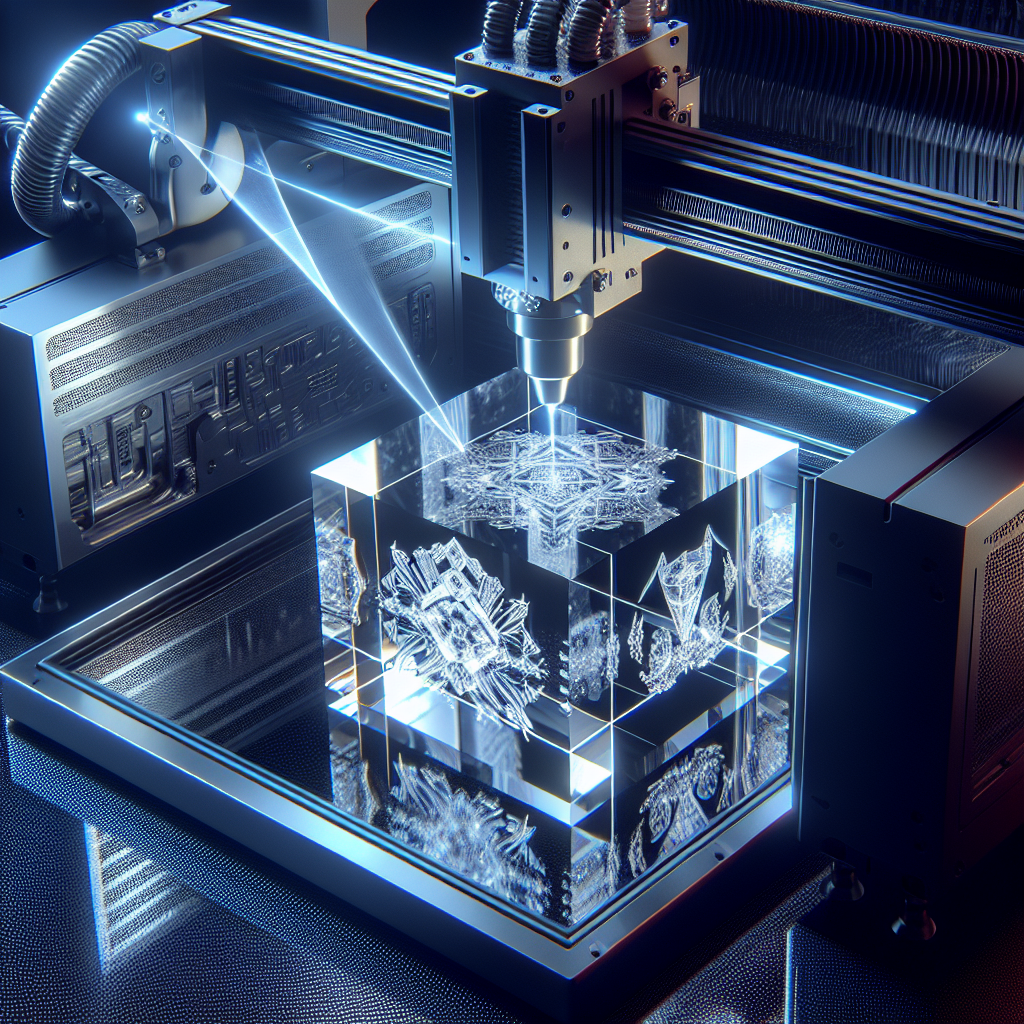
Vector Editing Capabilities
Even if you primarily use separate design software, having basic vector editing tools within your main laser engraver software is incredibly useful. You might need to make small adjustments, like connecting broken lines, resizing a component, or adding text at the last minute. The ability to perform these quick edits without switching back to your original design program is a huge time-saver. Look for tools that let you draw shapes, edit nodes (the points that make up a vector path), and align objects precisely. These features give you more control over the final output.
Layer Management
Layers are the secret to complex and professional-looking engraving projects. A good software program allows you to assign different parts of your design to different layers. For example, you can put all the elements you want to cut on one layer and all the elements you want to engrave on another. Then, you can assign unique settings—like speed, power, and number of passes—to each layer. You could have one layer for a light score, a second for a deep engraving, and a third for a full cut, all within the same job. This level of control is essential for creating detailed, multi-textured pieces.
Broad File Type Compatibility
Your laser engraver software should be able to import a wide variety of file formats. The more formats it supports, the more flexible you can be with your design sources. At a minimum, it should handle standard vector files like SVG, DXF, AI, and PDF. It’s also extremely beneficial if it can import raster image files like JPG, PNG, BMP, and GIF. Raster images are made of pixels, and the software can engrave these using a process called dithering, which simulates shades of gray. This versatility means you can work with designs from almost any source, from a professional CAD program to a simple photo taken on your phone.
Top Laser Engraver Software Options on the Market
While dozens of programs are available, a few stand out for their features, support, and popularity within the laser engraving community.
|
Software |
Type |
Best For |
Key Strengths |
|---|---|---|---|
|
LightBurn |
All-in-One |
Hobbyists & Professionals |
Wide compatibility, powerful features, great support |
|
LaserGRBL |
Control (Free) |
Diode Laser Hobbyists |
Free, simple, great for beginners with GRBL controllers |
|
RDWorks |
All-in-One (Bundled) |
Ruida Controllers |
Bundled free with many machines, powerful for its price (free) |
|
Inkscape |
Design (Free) |
Creating Vector Designs |
Free, open-source, powerful vector design tools |
|
Adobe Illustrator |
Design (Subscription) |
Professional Designers |
Industry-standard for vector graphics, extensive toolset |
A Closer Look at LightBurn
LightBurn is often considered the gold standard for third-party laser engraver software. It’s an all-in-one package that supports a massive range of laser controllers, including GRBL, Ruida, and Trocen. Its interface is powerful yet intuitive, offering robust design tools alongside precise laser controls. Features like a camera alignment system, which helps you perfectly position designs on your material, make it a favorite among users who demand precision. Although it is a paid product, it offers a 30-day free trial, and the license is a one-time purchase with a year of free updates.
The Case for LaserGRBL
If you have a budget-friendly diode laser and are just starting, LaserGRBL is an excellent choice. It’s a completely free, open-source program designed specifically for engravers that use GRBL firmware. While it’s primarily control software and has very limited design capabilities, it excels at its job. It can import images and provides great tools for converting them into high-quality engravings. Its interface is simple, and a large community of users provides support and guidance. Many beginners start with LaserGRBL to learn the basics before deciding if they need to upgrade to a more feature-rich program like LightBurn.
How to Choose the Right Software for You
Selecting the best laser engraver software depends entirely on your specific needs, your machine, and your budget. Here’s a step-by-step approach to making the right choice.
1. Check Machine Compatibility First
This is the most critical step. Not all software works with all laser engravers. Your laser operates on a specific type of controller (the machine’s onboard computer) and firmware. Common controller types include GRBL, Ruida, and Trocen. Before you even look at features, you must confirm that the software you are considering is compatible with your machine’s controller. This information is usually available on the software developer’s website or in your laser engraver’s manual. Trying to use incompatible software simply will not work.
2. Evaluate Your Skill Level and Project Goals
Are you a complete beginner or an experienced designer? If you’re new to laser engraving, you’ll want software with a gentle learning curve and plenty of tutorials available online. A program like LightBurn or LaserGRBL is a great starting point. If you’re a professional graphic designer, you might prefer to stick with a program you already know, like Adobe Illustrator, for designing and use a separate control program for the laser. Your project goals also matter. For simple text and shape engravings, basic software will suffice. For complex, multi-layered artistic pieces, you’ll need advanced features.
3. Consider Your Budget
Software prices can range from free to hundreds of dollars. Free options like LaserGRBL and Inkscape are incredibly powerful and may be all you ever need, especially for hobbyist use. However, paid software like LightBurn or CorelDRAW often justifies its cost with a more streamlined workflow, advanced features, and dedicated customer support. Many paid programs offer a free trial, which is the perfect way to determine if the features are worth the investment for your specific use case.
Conclusion
The laser engraver software you choose is a fundamental part of your creative process. It’s the digital tool that unlocks the physical power of your machine, transforming your ideas into tangible objects. Whether you opt for a free program to get started or invest in an all-in-one professional suite, the key is to find a solution that is compatible with your hardware and fits your workflow. Don’t be afraid to experiment with free trials and watch tutorials to find what feels right. As you grow your skills, your software will be your trusted partner in bringing every intricate design to life. For more tips and tech news, you can always check out resources like those found at https://worldupdates.co.uk/.
Frequently Asked Questions (FAQ)
Q1: Can I use any software with my laser engraver?
No, this is a common misconception. You must use laser engraver software that is compatible with your machine’s specific controller (e.g., GRBL, Ruida). Always check for compatibility before downloading or purchasing any software.
Q2: Do I need to be a graphic designer to use this software?
Not at all! Many software options, especially all-in-one solutions like LightBurn, are designed to be user-friendly for beginners. They include basic design tools that let you create text, import simple images, and draw shapes without any prior design experience.
Q3: What is the difference between vector and raster engraving?
Vector engraving traces lines, making it perfect for cutting shapes and engraving outlines or text. The laser follows a path. Raster engraving is like how a printer works, moving back and forth line by line to fill in an area, making it ideal for engraving photos or detailed, shaded images. Good software can handle both.
Q4: Is free laser engraver software good enough?
Yes, for many people, free software is more than enough. Programs like LaserGRBL (for control) and Inkscape (for design) are incredibly powerful and widely used. They are a fantastic way to get started without any financial investment. Paid software typically offers more convenience, a smoother workflow, and advanced features that become more valuable as your projects grow in complexity.

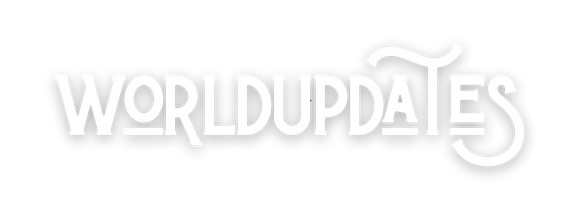
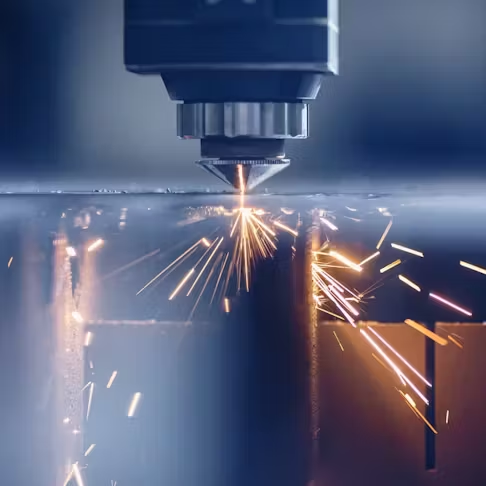

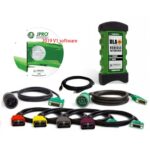

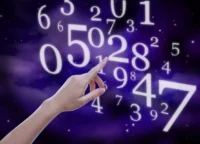






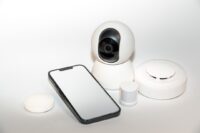

Leave a comment